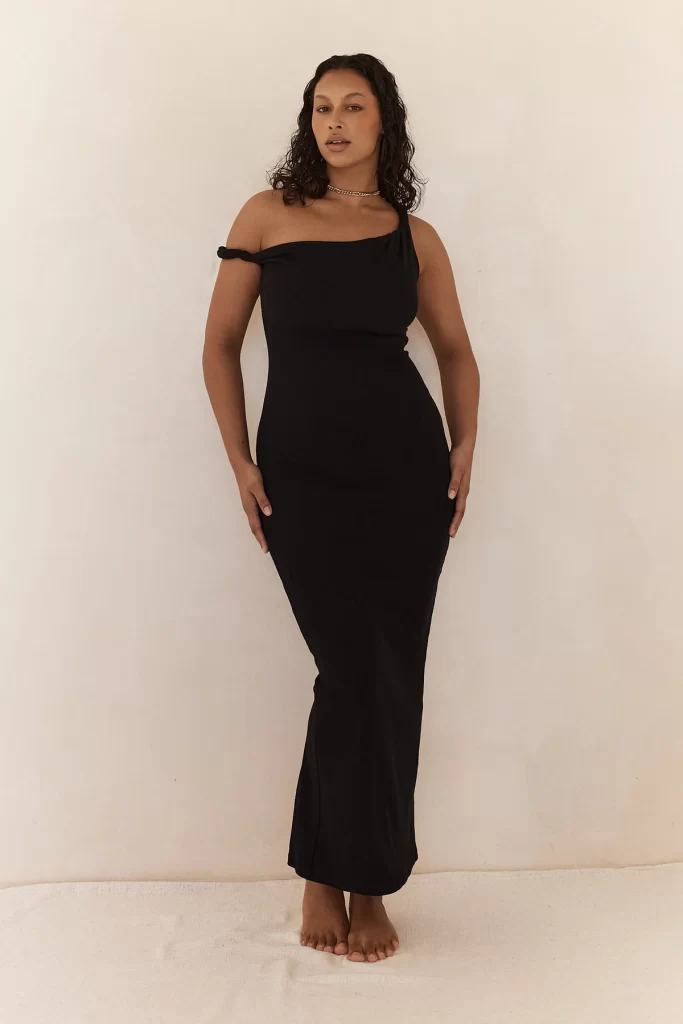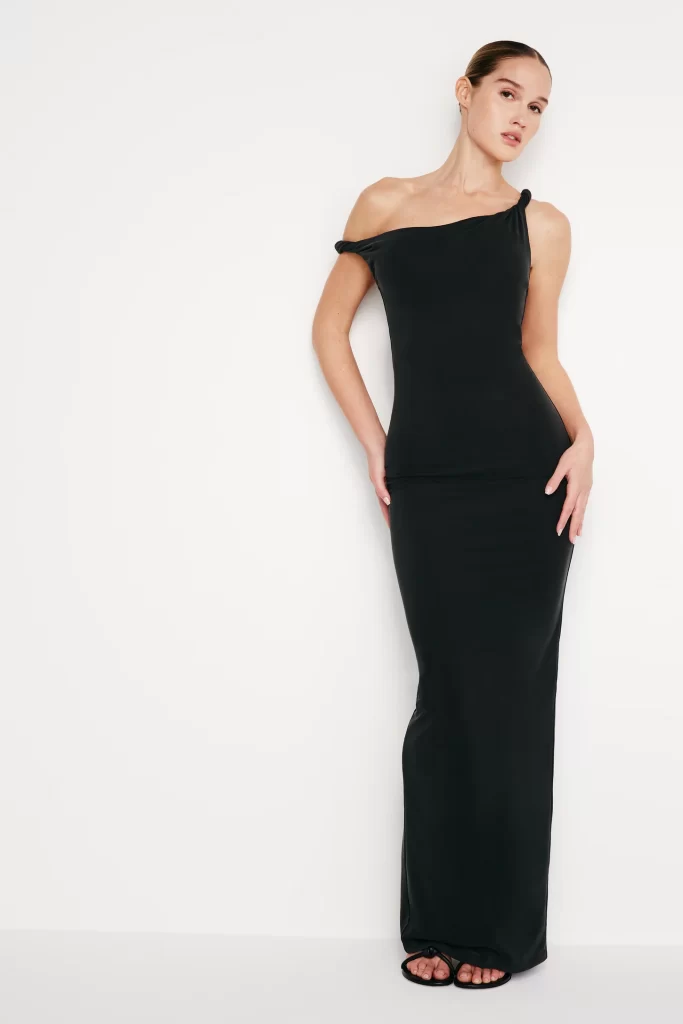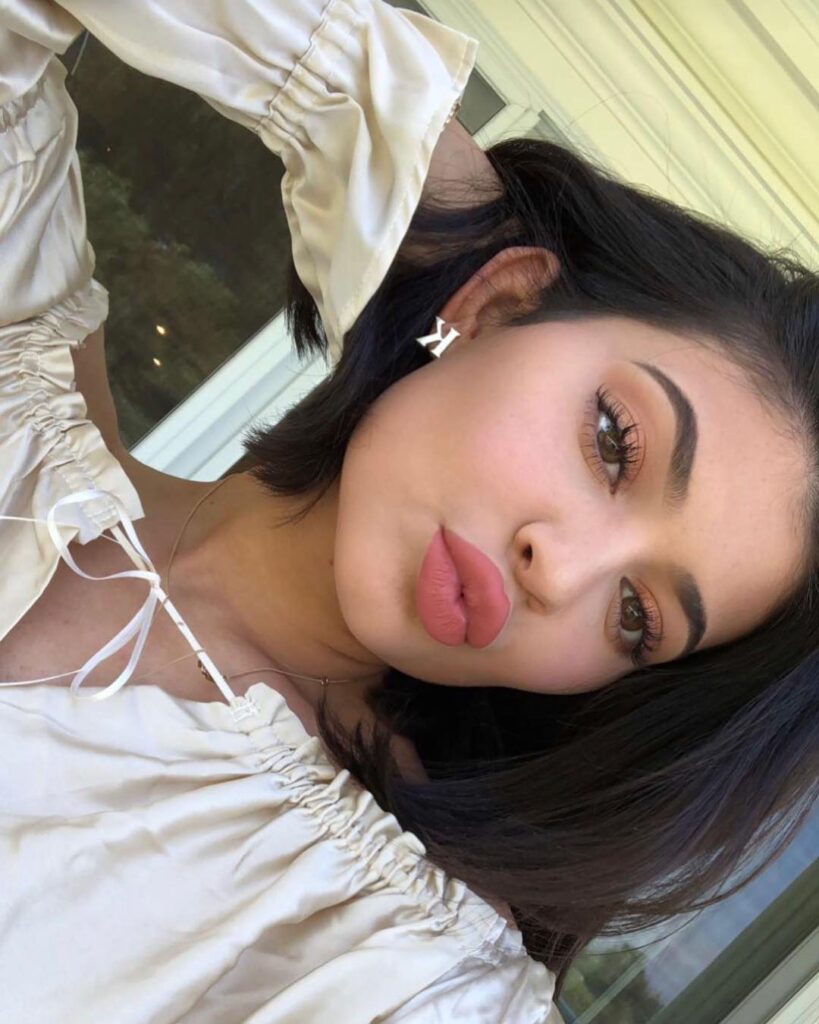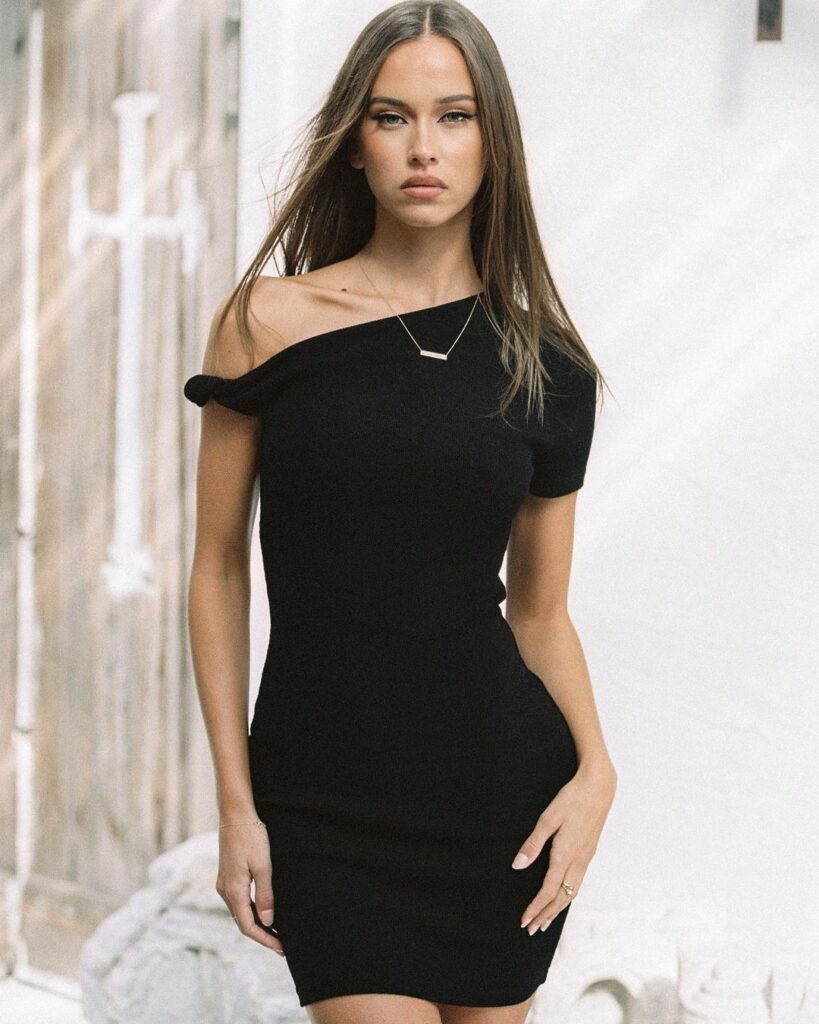Many independent designers have spoken up about the fast-fashion corporations that have stolen their designs. Yet, their cases are most often forgotten or overlooked. How does the law protect independent designers in the current state of the fashion industry, and what are the resources available to them?
On the 26th of May 2024, Jessica Johansen-Bell, owner and founder of the Australian luxury label Johansen, received a text from one of her customers urging her to visit Khloe Kardashian’s Good American website. On the home page, the picture of the dress promoting the brand’s latest ‘Hot Summer Nights’ drop looked alarmingly familiar. The same twisted straps, the same asymmetric shoulders, the same split at the back… Good American had just released a copy of her signature ‘Poppy’ dress. To make matters worse, this isn’t the first time that Johansen-Bell has had issues with the celebrity family. Last November, when the youngest of the Kardashian-Jenner clan Kylie Jenner launched her clothing line Khy, she too started selling a replica of the Johansen design under her own name. Like Johansen-Bell, many other independent designers have seen their designs plagiarised by fast-fashion giants and sold on the high street. From influencer/celebrity-founded brands, to Zara, Shein, or FashionNova, the list goes on. Yet, those companies never seem to face any legal repercussions. If the owners of these independent labels turn to the media to speak out on the infringement of their intellectual property, their cases are most often forgotten or overlooked. When independent designers already invest so much of themselves and their own capital into creating a brand, what can they depend on for their creativity to be protected, and what does our legal system offer to ensure justice is carried out when there is a case of theft of their intellectual property? For Johansen-Bell, it seems like the fight is far from over, as the launch of Good American’s new collection comes as a shock to the designer. “You’re just a joke at this point,” the caption accompanies a screenshot of the website on her Instagram story.

(Image courtesy of Johansen via their website)

(Image courtesy of Good American via their website)
Despite only being founded in 2015, Johansen has made a name for itself in the industry, and many celebrities, such as former Victoria’s Secret angel Rosie Huntington-Whiteley, or Lionel Ritchie’s daughter Sofia Ritchie, have been spotted wearing the label. In 2018, in what Johansen-Bell thought would be an excellent opportunity to grow her brand further, she sent a few garments from her collection to Kylie Jenner as part of her influencer campaign, including the first edition of the ‘Poppy’ dress. “Kylie launched the photoshoot for her collection, and I started getting hundreds of messages from customers who thought we were collaborating,” Johansen-Bell explains. For the designer, it was evident that Jenner made a direct copy of the design she had sent her years prior. When she found out about Khy’s drop, she immediately reached out to Jenner’s team, but her e-mails eventually went unanswered.

(Image courtesy of Johansen via Instagram)

(Image courtesy of Johansen via Instagram)

(Image courtesy of Khy via Instagram)
As unethical as it may be, plagiarism is a standard design practice for large-scale fashion retailers. A former assistant designer who worked for one of the main fast-fashion suppliers in the UK discloses anonymously that her superiors would ask the team to lift the most marketable designs of the season, and cheapen them for their clients who would then sell the final product on the high street. “We would do catwalk reports, source reference images through Instagram, sometimes even buy a few items, and use these as inspiration,” she shares. Established brands and independent labels alike are targeted in the creation of these mood boards, so long as the clothes have wholesale potential. Creating tech packs according to these lifts, the original designs are altered mostly to reduce production costs. “We would simplify them to make them more commercial,” she continues. “That usually implied making a dress shorter, or taking away the more intricate details.”
The question of infringement doesn’t arise for these suppliers and retailers, as they are aware of the lack of design protection and use it to exploit the creativity of independent designers for their benefit. Additionally, not every country has adequate laws in place to protect designers from design theft, and the complexity and nuance of the international legal system allow fashion corporations to take advantage of it. In the UK and the EU, their designs are, to a limited extent, protected under ‘unregistered design rights’, which protect the original design, the whole or part of a shape of a garment if it’s particularly unusual, or if it possesses unusual intricate features and materials, but it does not include the two-dimensional idiosyncrasies of a design, such as original prints and patterns. Furthermore, in countries such as the United States or Australia, in Johansen-Bell’s case, there isn’t a system in place for unregistered design rights – the only option for designers is to officially register a design. Officially registering a design protects its overall appearance, which comprises its shape, decoration and intricate features and materials, and gives the registered proprietor “exclusive right to use the design and any design which doesn’t produce on the informed user a different overall impression,” Jain Bainbridge at the Harper James law firm explains. John Zarocostas at the World Intellectual Property Organisation (WIPO) explains that in the United States, copyright and trademark law are the main source of protection for fashion brands. As copyright law and trademarks only allow for the protection of specific design features, this entails that designers cannot protect their garments and accessories as a whole, but only parts of them.
Criteria to officially register a design vary according to the country, and won’t always be granted if a design isn’t deemed unique or original enough, not to mention the legal fees incurred to go through with the process. Furthermore, as Bainbridge asserts, many fashion retailers source stock from foreign suppliers, and this practice brings high risks of infringement for designers, as they won’t be able to control the development of counterfeits in those countries. Bainbridge recommends registering important trademarks or designs abroad, thus highlighting the fundamental problem in the industry: the only way to adequately protect one’s designs is to register in every country, which, of course, is nearly virtually impossible, especially for independent designers. If they can easily trademark parts of their brand identity in their home country, they cannot fully ensure the protection of its essence: the designs.
For Stephen Sidkin, attorney specialising in fashion law at Fox Williams, designers should reserve some funds to allocate to legal protection at the creation of their business. This includes registering trademarks and being selective on which design to register if possible. “Once intellectual property is created, there is an asset of the designer, and when registration is obtained, it should be the case that the value of the property has increased.”
In many cases of infringement, independent designers are simply left to their own devices to work out how to protect themselves if they don’t possess the financial means to hire legal support. “There is no requirement as a matter of law that they use a lawyer [to take legal action]” Sidkin says. “The precedence for cease and desist letters are on an open source basis on the Internet.” Knowing that most independent designers operate on restricted budgets, Sidkin advises starting by going after the weakest of the infringers. “That should be done by reference to the accounts of the infringer, which will be available at each government’s official registry of companies,” he explains. The lawyer insists that designers won’t always be successful in their fight for justice in the way they might have hoped for, but that it can serve to deter potential infringers in the future.
In case of infringement, Sidkin contends that the ideal outcome is a settlement without litigation. One result of such negotiations is publicising that the infringer has admitted guilt and provides designers with leverage in case a similar situation should happen again in the future. “The alternative is that you bring an action in courts, and there is a decision as to whether or not the designer has been infringed. Then, it is a question of what the compensation will be,” he develops. “Generally, it is either damages or royalties.” For Jessica Johansen-Bell, the satisfying resolution to her conflict with the Kardashian-Jenners would be a public apology, as well as ceasing production of the dress. In light of what has transpired with Good American, she shares she is working with her lawyers to push for an improvement of the laws that protect independent designers in Australia. “I’m going to continue to create better work,” she shares, determined not to give in.
Although, from a business standpoint, a public apology and compensation might seem like the best resolution to the conflict, the issue of these big fashion corporations ripping off independent designers goes beyond ethicality; it is a threat to their livelihood. “Companies like Khy or Amazon rip off everything and people buy it because it’s a quarter of the price,” Johansen-Bell explains. “They order 30,000 units in one style and can sell it for that price range,” she carries on, “whereas I can’t afford to do that as an independent designer. It puts me in a position where I lose the customer base I’ve built for 10 years. I’ve invested so much to get this collection out there and they’re able to just take that away.”
The solution to the protection of the intellectual property of independent designers lies in the capacity of the law to adapt to the current workings of the fashion industry. While there are certain routes infringed designers can take, the bureaucracy and the lack of unified international regulations render them ineffective. “The laws need to change,” Johansen-Bell concludes. “It’s disgusting that these cheap trash brands rip off pieces designers like myself put so much effort into. It’s our art piece. It may not look like it, but it was still hard for me to create that.”
Many thanks to Jessica Johansen-Bell, Stephen Sidkin, and the former design assistant for their time.



